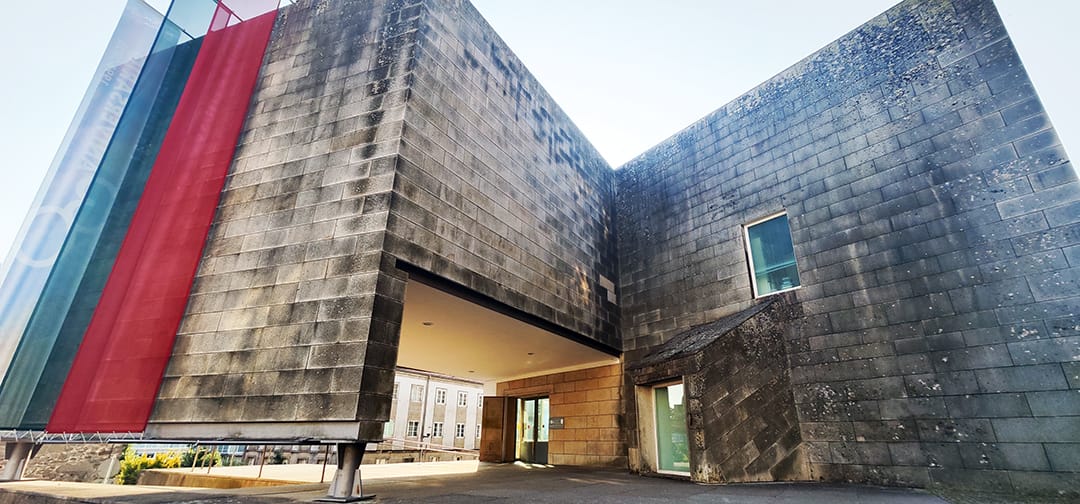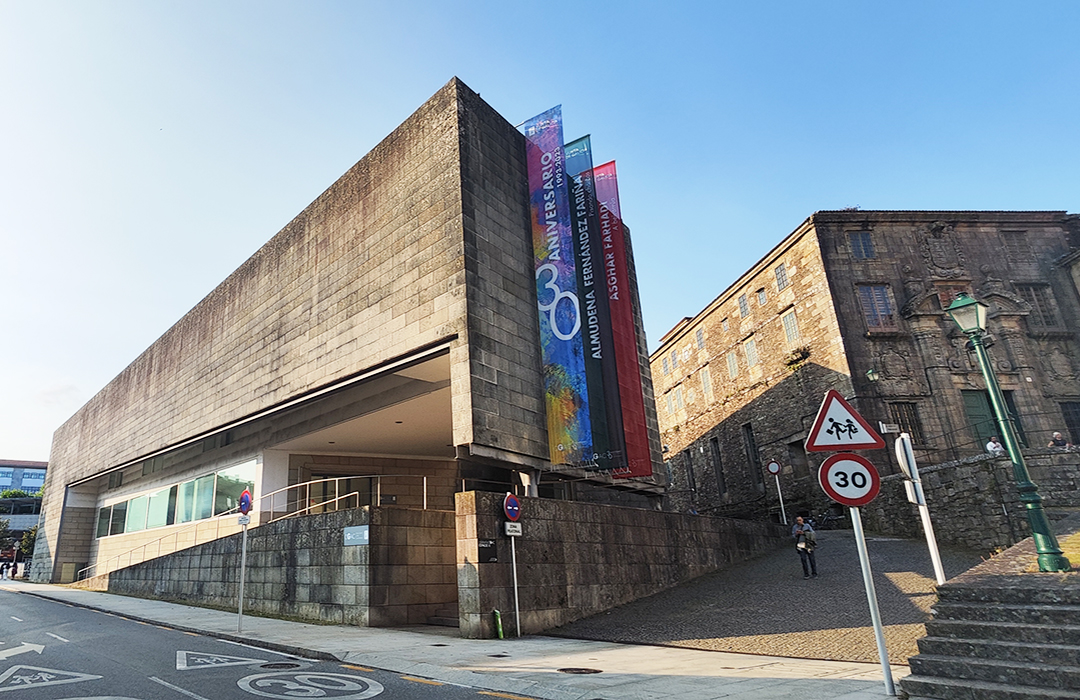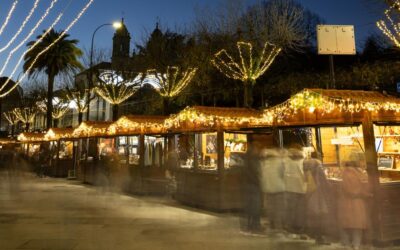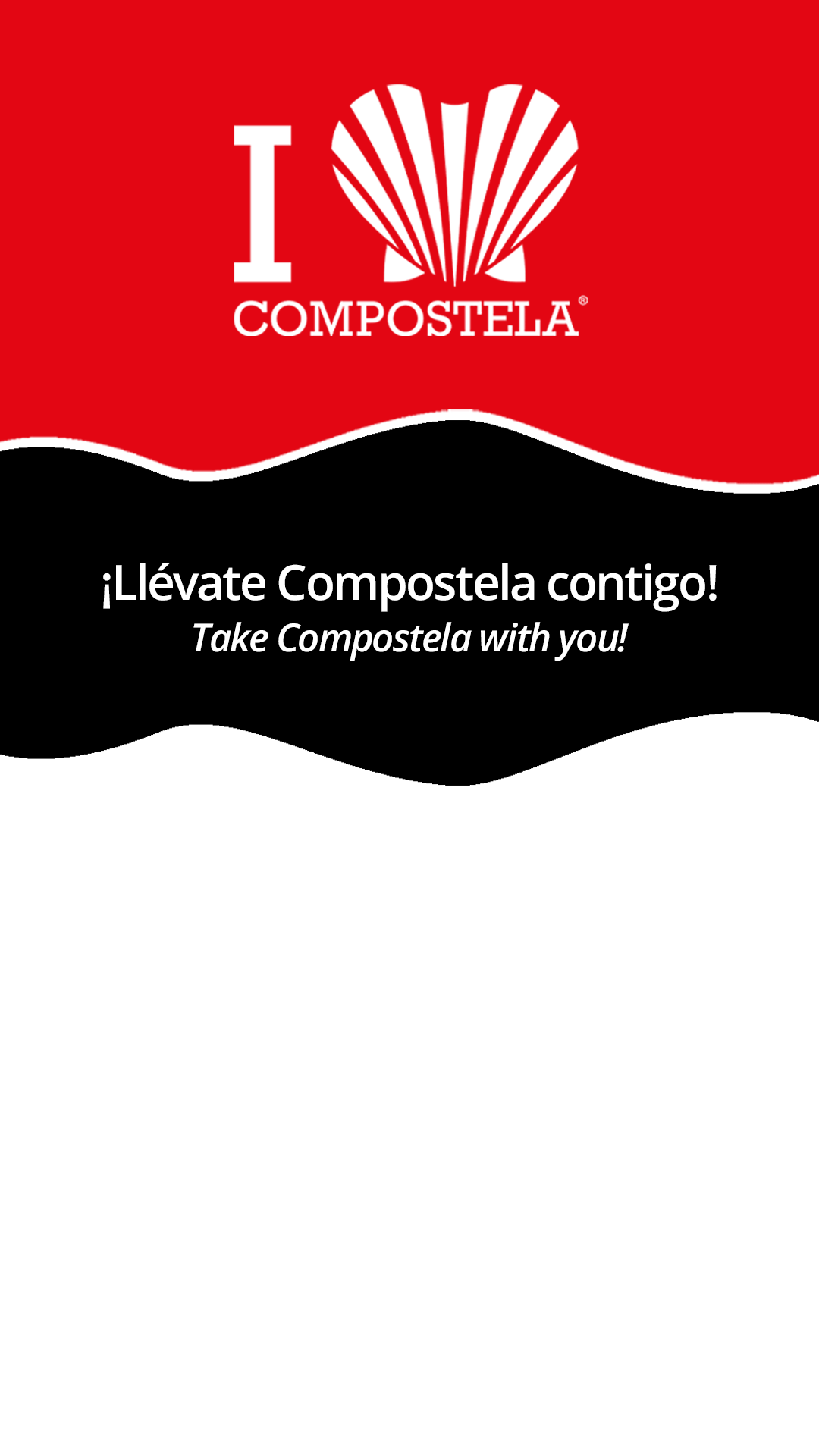The
Galician Center of Contemporary Art
is one of the most outstanding and important museum institutions in the city of Santiago de Compostela.
The building, designed by the renowned Portuguese architect Álvaro Siza, was created in 1993 and maintains a stable program over the years, with some of the most groundbreaking works of the international art scene.
The architectural ensemble of the CGAC is based on the premise of offering versatile exhibition spaces for art installations and of being an example of integration into the heritage and natural environment in which it is located.
In fact, the building designed by Siza, who also designed the Faculty of Communication Sciences at the University of Santiago de Compostela, borders both the park and convent of San Domingos de Bonaval and institutions such as the Museo do Pobo Galego, among others.
The center is part of the political movement that emerged in Spain in the 1980s to promote the development of cultural platforms and favor Galicia’s entry into the international art circuit.

The structure of the building consists of three floors (one subway and two above), a central corridor and an urban terrace, conceived as a sculpture garden.
Since its inception, the CGAC has stood out for its retrospective exhibitions of world-renowned artists along with others focused on the dissemination and knowledge of Galician art, including both established and emerging artists.
The museum is open to all kinds of artistic movements and styles, from pictorial and sculptural art to performances and installations charged with symbolism that take advantage of the ample dimensions and the particularities of its rooms.
In addition to an exhibition space, it functions as a multidisciplinary center: it hosts lecture series, workshops given by artists, concerts, performing arts performances, and initiatives related to architecture, fashion and cinema, in order to encourage the active participation of the public and the exchange of ideas.
On the other hand, it stands out for its careful editorial line and activity, which focuses on the production of its own catalogs, a magazine on the center’s activities, as well as didactic material and informative brochures.
Visiting hours to the museum facilities are from Tuesday to Sunday, between 11:00 a.m. and 8:00 p.m., with free admission.






